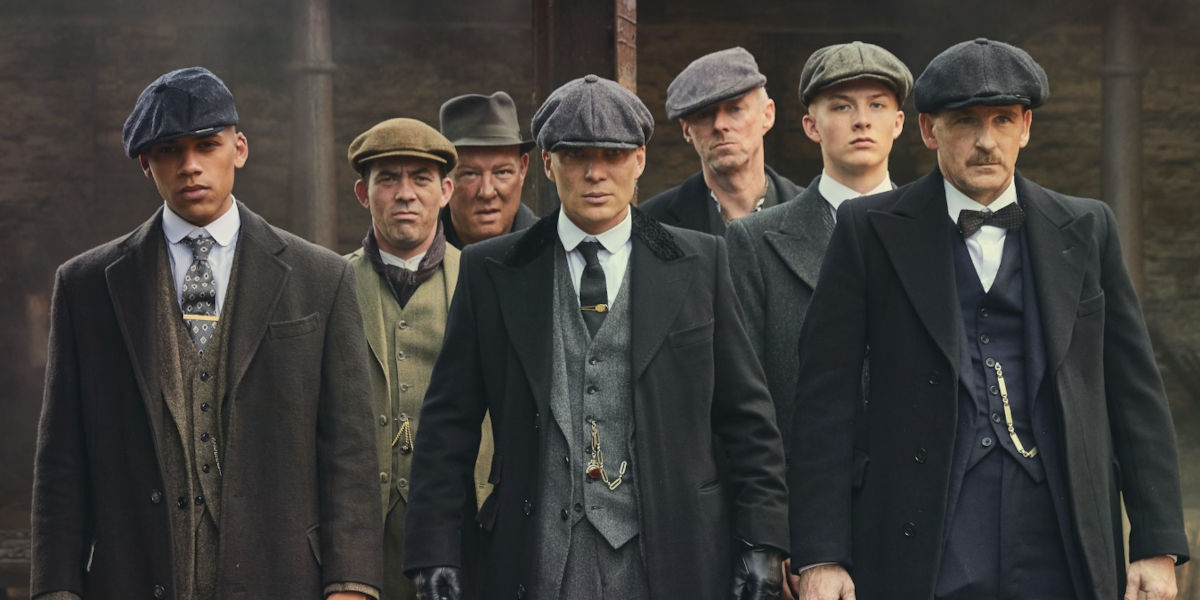Immerse yourself in the grimy, dark underbelly of post-World War I Birmingham as we embark on an investigation into the popular BBC series, Peaky Blinders. Lauded by fans across the globe for its riveting storyline, the series has also raised questions about its historical accuracy. In this article, we dive deep into determining how true to history Peaky Blinders really is, on the strength of its character analysis and historical background.
Peaky Blinders Historical Accuracy: Setting the Stage
The series takes place in 1919 Birmingham, a turbulent time in England's industrial heartland. Throughout the five seasons, it's clear the creators paid significant attention to the look and feel, giving us a version of Birmingham that's laden with atmospheric grit. But how accurate is this portrayal? It turns out, quite a bit. The series displays an excellent grasp of the core themes of the era, including worker unrest, political revolution, and of course, organized crime.
Peaky Blinders Character Analysis: Real or Fabricated?
Perhaps the most discussed aspect of the Peaky Blinders is its diverse array of characters ñ from the brooding, enigmatic Tommy Shelby, the patriarch of the Shelby clan, to the formidable gangster Alfie Solomons. Each character seems more colourful and intriguing than the last. But what's really got the fans talking is how much of these characters are drawn from real historical figures.
It should be noted that Thomas Shelby and his family are, in fact, fictional. There was no real 'Peaky Blinders' gang led by a charismatic Tommy Shelby, as we see in the show. The name 'Peaky Blinders' was indeed a slang term used for a collection of youth gangs in the late 19th century, somewhat predating the show's timeline. And while the creators do take liberties with the characters and their stories, certain traits can be traced back to real-life figures and events of that era.
How True to History is Peaky Blinders
Despite these discrepancies, we believe it's important to remember that Peaky Blinders is a work of fiction, not a documentary. While it may not faithfully adhere to every factual detail, the series offers an evocative depiction of a time and place largely forgotten in popular media. Through its characters and narrative, it manages to capture the mood of a nation struggling in the aftermath of the Great War.
The controversy surrounding the historical accuracy of Peaky Blinders has generated a lot of discussions over time. Are the characters, events, and the general portrayal of the era true to the happenings during that period, or is it merely exciting television? First and foremost, itís worth acknowledging that Peaky Blinders is crafted in the confines of fiction, yet its foundation is decidedly rooted in real historical elements.
The series is set during the aftermath of World War I, with the central plot revolving around the Shelby family. The most intriguing aspect is how the family rises to prominence in the grimy, harsh environment of the Industrial Revolution.
The show's creator, Steven Knight is adamant that his show is grounded in family anecdotes from a bygone era. Knight has always been vocal about the basis of this historical crime dramaóstories passed down to him by his parents and uncles. More specifically, he speaks of tales about violent Birmingham street gangsters, thereby cementing a robust connection between the show's characters and real-life personalities around whom the anecdotes revolved.
Historical Accuracy vs Dramatic Flair
Now, delving deeper into the question and scrutinizing the historical accuracy vs the show's dramatic flair ó one can discern some variances. The show inevitably engages in periodic romanticization for the sake of audience allure, but that doesnít necessarily lend to a complete abandonment of historical truth.
For instance, the ërazor-bladed caps.í In the series, these lethal headgears were a trademark of the gang ñ an innovative weapon of fear. However, historically, there is little to no evidence to suggest this was a common practice among gangs of that era. This inclusion in the series is more inclined towards dramatization and enhancing the villainous image of the gangsters.
The Characters: Real or Fiction?
Many characters, including the charismatic lead, Thomas Shelby, played by Cillian Murphy, are not directly based on real-life figures. However, they are amalgamations of the gangsters, leaders, and change-makers of that period, their characters tweaked for television. But there are certain characters, like Billy Kimber, Darby Sabini, and Oswald Mosley, who were real they were major players in the criminal underworld and political sphere, adding authenticity to the plot.
Conclusion
To sum up, Peaky Blinders skillfully interweaves fact and fiction to create an enthralling narrative. It might not always align perfectly with historical accuracy, making allowances for dramatic flair, but amidst the seedy underworld, gang wars, political conspiracies, it does offer a glimpse into a post-war Britain powerfully resonating with the socio-cultural landscape of the era. So, while it's exceptional TV, it's also an engaging albeit somewhat stylised glimpse into a fascinating fragment of British history.




